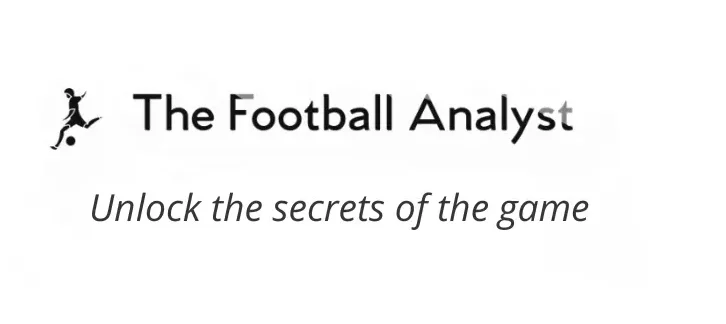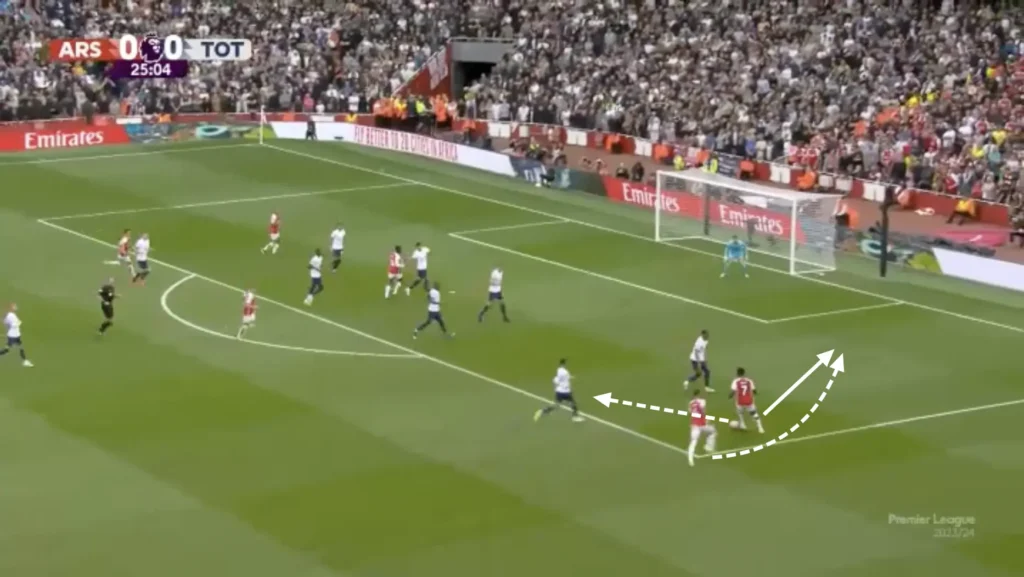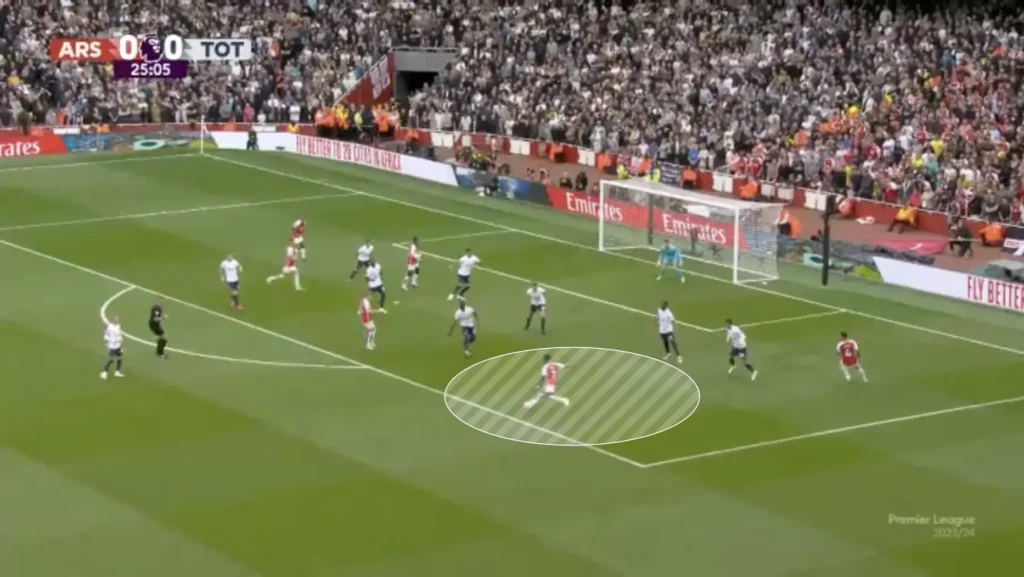In modern football, tactical nuances play a pivotal role in breaking down opposing defenses and creating goal-scoring opportunities. Among these strategies, overlaps stand out as a fundamental attacking concept that combines precision, timing, and teamwork. In this article, we delve into the mechanics of overlaps, their importance in football, and how they can be effectively utilized, backed by real-world examples and practical insights.
What is an Overlap?
An overlap occurs when a player—typically a fullback or wing-back—makes a forward run around the outside of a teammate who is in possession of the ball. This movement creates an additional attacking option, putting pressure on the opposition’s defensive structure and forcing them to make decisions about marking and positioning.
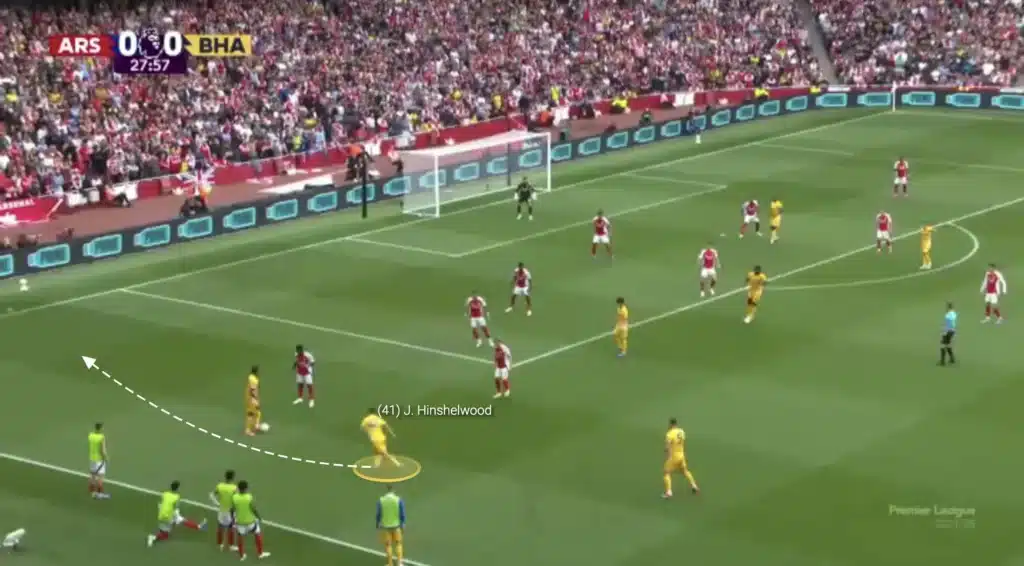
For instance, consider a scenario where a left-back overlaps a left-winger. The winger now has two choices: to dribble the ball inside or to release the ball to the overlapping player. This dynamic interaction unsettles defenders, as they must decide whether to track the overlapping runner or stay with the ball carrier, often leaving exploitable space.
The Mechanics of an Overlap
Executing an overlap successfully requires a combination of timing, coordination, and awareness. Let’s break down the key elements:
1. The Initial Setup
The process begins with a player in possession of the ball, usually a winger or wide midfielder, positioned near the touchline. This player’s role is to engage the opposition’s fullback, either by dribbling or by positioning themselves as a passing option.
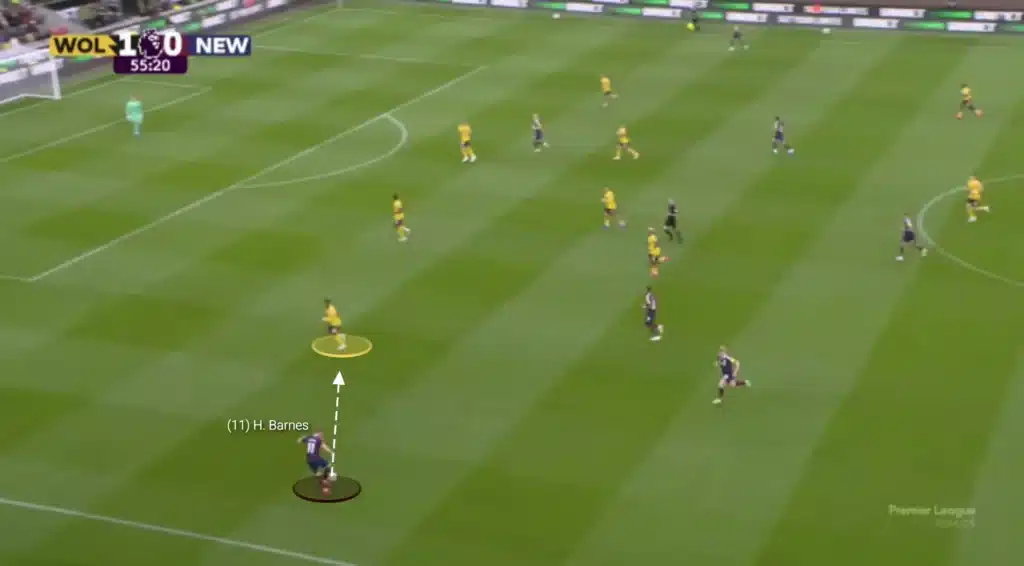
2. The Overlapping Run
The overlapping player—often a fullback or wing-back—initiates their run from a deeper position. The timing of this run is critical. If it’s too early, the defender may read the movement and adjust accordingly. If it’s too late, the opportunity to exploit the space might be lost.
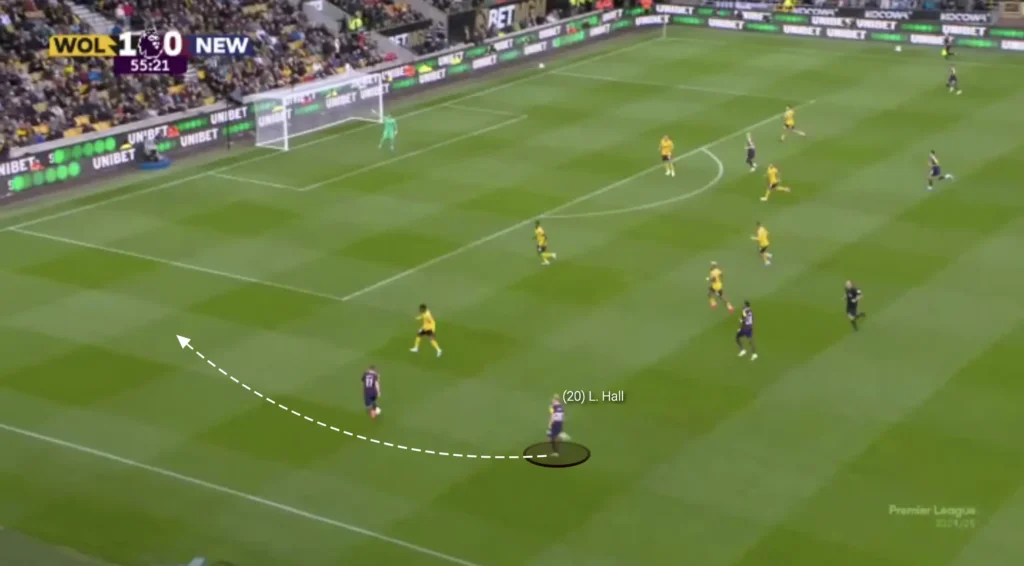
3. Decision-Making
As the overlap unfolds, the ball carrier must assess their options. They can:
- Pass the ball to the overlapping player, who can cross or cut-back.
- Use the overlap as a decoy to cut inside or deliver a pass elsewhere.
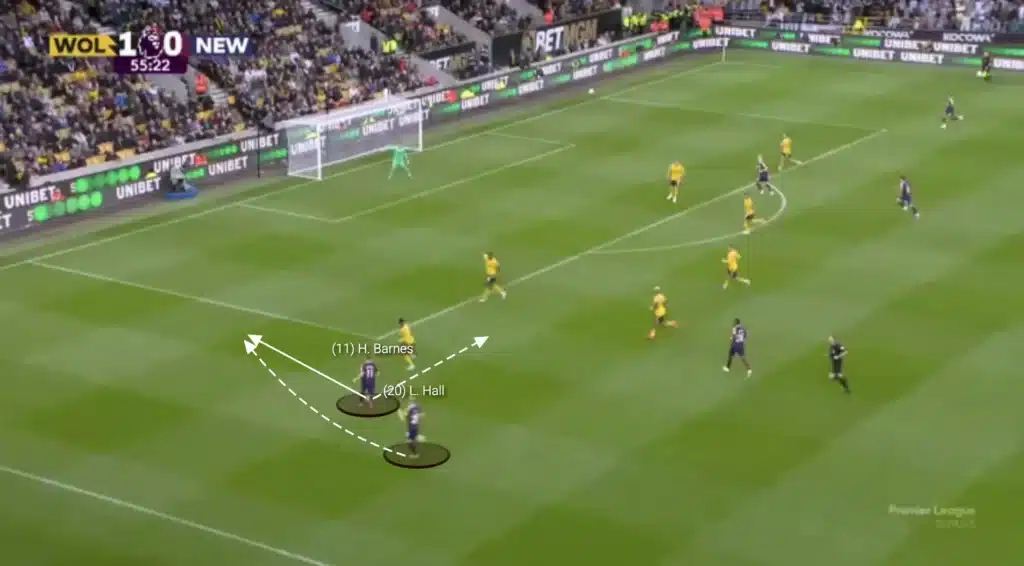
4. Exploiting the Space
The overlapping player, upon receiving the ball, typically looks to:
- Deliver a cross into the box targeting attackers.
- Drive towards the byline and pull the ball back into the “golden zone”—an area near the penalty spot with high conversion rates for goals.
- Recycle possession and reset the attack if immediate options are unavailable.
Key Roles and Players in Overlaps
Overlaps can involve various players on the pitch, but some roles are more critical than others. Let’s examine the primary participants:
1. Fullbacks and Wing-Backs
These players are often the ones making overlapping runs. Their role requires a unique combination of:
- Pace: To make forward runs quickly and recover defensively if possession is lost.
- Stamina: To sustain overlapping movements throughout the game.
- Technical Skill: To deliver accurate crosses and maintain possession under pressure.
2. Wingers and Wide Midfielders
Wingers initiate overlaps by engaging defenders and creating the space needed for the overlapping player to exploit. They must:
- Draw defenders toward them.
- Recognize when to release the ball to the overlapping player.
- Occasionally invert their runs to provide variety and unpredictability.
3. Central Midfielders
Midfielders provide the balance needed during overlaps, ensuring the team remains defensively stable. They often:
- Cover for advancing fullbacks.
- Serve as passing options to retain possession if the overlap fails.
The Purpose of Overlaps
The primary objective of an overlap is to gain a tactical advantage by manipulating the opposition’s defensive structure. Overlaps achieve this through the following mechanisms:
Creating Numerical Advantages: Overlaps often create 2v1 situations against the opposition’s fullbacks. This overload can be decisive, making it challenging for the defender to cover both the ball carrier and the overlapping player.
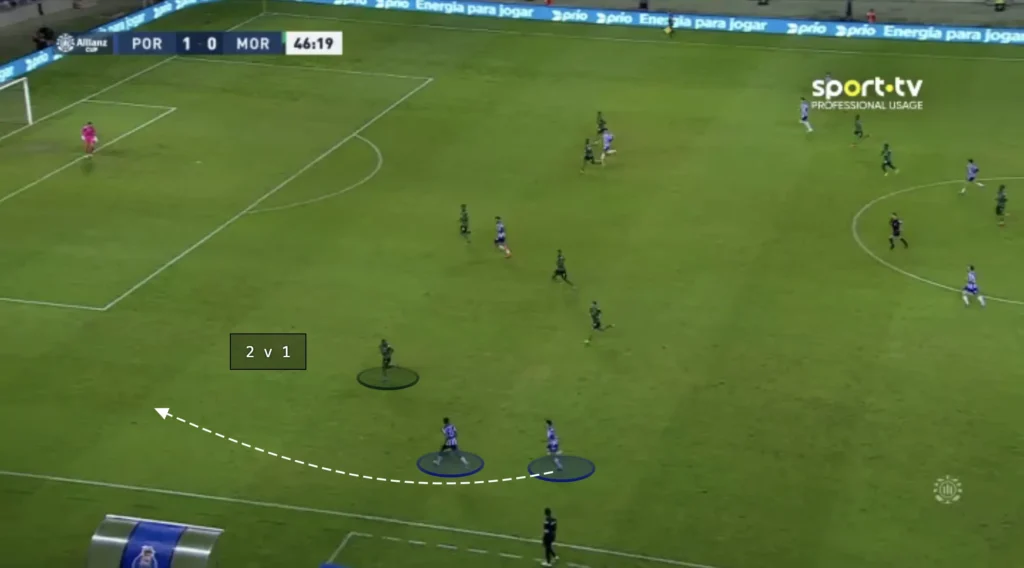
Delivering Crosses and Cut-backs: Overlapping players frequently find themselves in advanced wide positions, ideal for delivering crosses or cut-backs into the penalty area, increasing the team’s attacking threat.
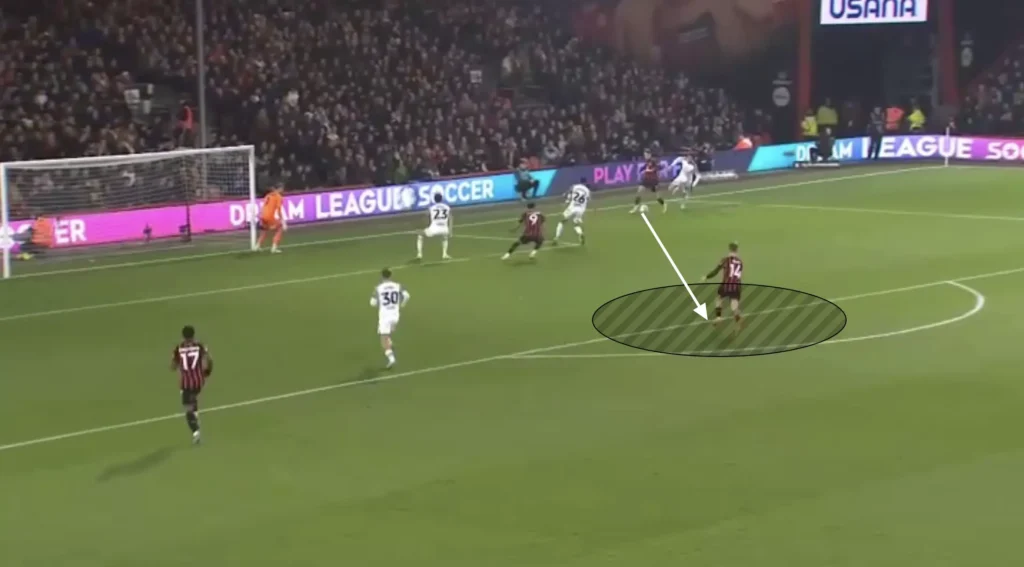
Creating Space for the Ball Carrier: Even if the overlapping player does not receive the ball, their movement can act as a decoy, dragging defenders out of position and creating space for the ball carrier to operate.
Stretching the Defense Horizontally: The overlapping player’s wide run forces the opposition’s defensive line to spread out. This widens the gaps between defenders, opening central channels for other attackers to exploit.
Unpredictability in Attack: By combining overlaps with other tactical movements, teams can create a multifaceted attacking approach that keeps defenders guessing.
Training Overlaps in Football
To integrate overlaps into a team’s tactical arsenal, specific training drills can be employed:
- 2v1 Drills: Simulate scenarios where a winger and fullback face an opposition fullback. Focus on timing, decision-making, and communication.
- Crossing and Finishing Drills: Train overlapping players to deliver accurate crosses and attackers to finish from wide deliveries.
- Transition Drills: Ensure players understand their defensive responsibilities during overlaps by practicing quick transitions from attack to defense.
- Positional Awareness Exercises: Teach players how to maintain team shape and cover for overlapping teammates.
Conclusion
Overlaps are a cornerstone of modern football tactics, offering teams a dynamic way to stretch defenses, create numerical advantages, and deliver decisive balls into the box. When executed with precision, overlaps can transform attacking plays and unlock even the most organized defenses.
Whether you’re a coach looking to implement overlaps in your team’s strategy or a player aiming to refine your tactical understanding, mastering this essential concept is a vital step in elevating your footballing prowess. By combining technical skill, tactical intelligence, and effective communication, overlaps can become one of the most potent weapons in your footballing toolkit.
